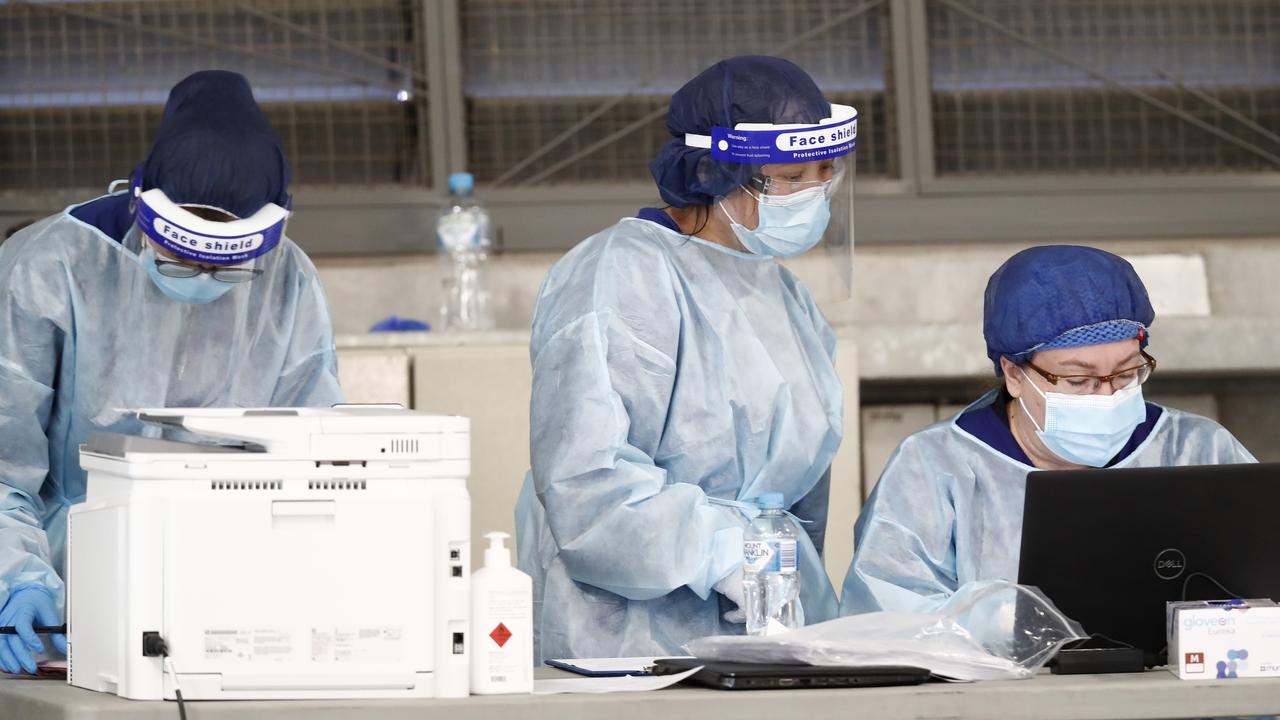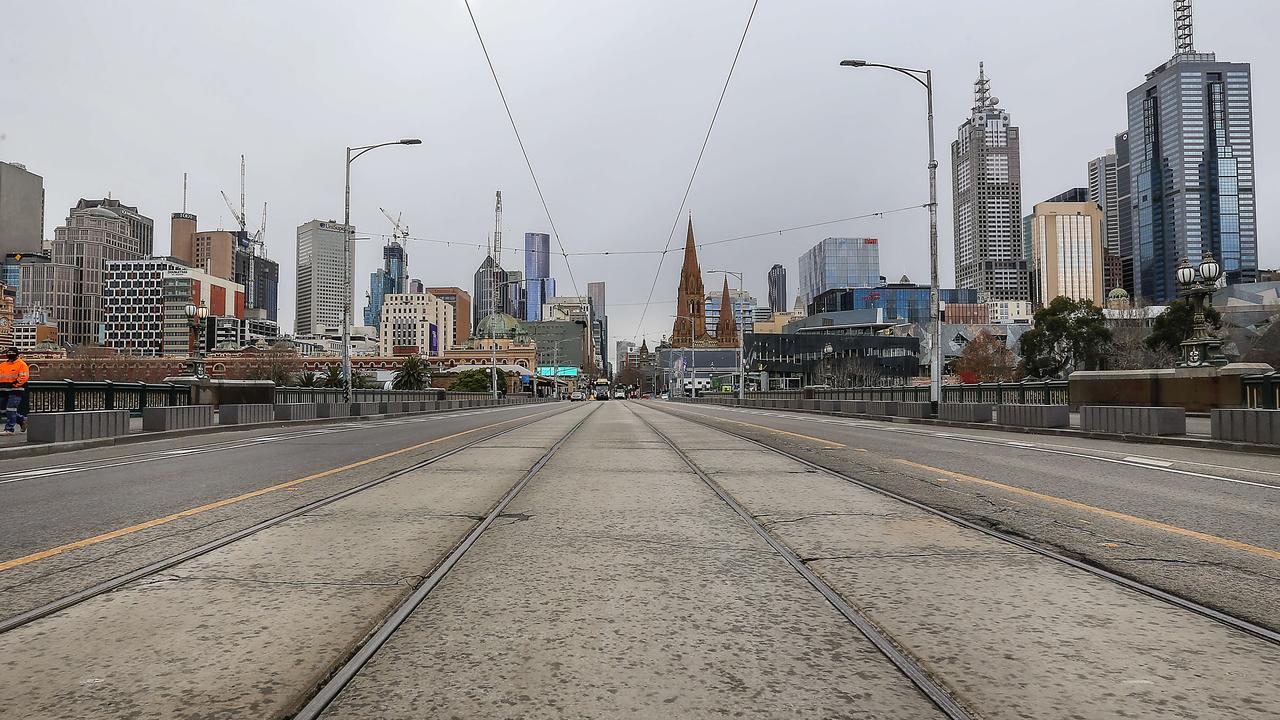Games bid a regional boon
HOSTING the 2030 Commonwealth Games would come as close as you can get to a silver, or even golden, bullet for economic, employment and social challenges facing regional Victoria.
Opinion
Don't miss out on the headlines from Opinion. Followed categories will be added to My News.
HOSTING the 2030 Commonwealth Games would come as close as you can get to a silver, or even golden, bullet for economic, employment and social challenges facing regional Victoria.
As revealed in today’s Herald Sun, a federation of 11 regional Victorian towns and cities led by Shepparton is launching an audacious bid to host the games.
In what can only be described as a revolutionary approach to hosting a major sporting event, the plan aims to hold the Games, involving up to 7000 athletes from 70 nations and territories, entirely in regional areas — none of it will be in Melbourne.
If successful, it promises to single-handedly turbocharge regional Victoria unlike anything before.
The grassroots concept offers a terrific opportunity to provide a historic fillip for regional areas after decades of employment, industry and development challenges. And this is no pie-in-the-sky proposal — it is a serious bid led by former Swisse director Adem Karafili, former chief executive Radek Sali and Heloise Pratt, together with business, community and sports heavyweights.
The proponents have put together a persuasive case for the 2030 “People’s Games” and the massive investment, infrastructure and tourism boost it would provide for country Victoria.
To be successful, the bid will require an estimated $1 billion of capital injections into rail links, venues, accommodation and other infrastructure.
But, as Gold Coast 2018 Commonwealth Games Corporation chairman Peter Beattie said of the Queensland event next year, the rewards can far outstrip the outlay and reinvent entire regions.
The Gold Coast Commonwealth Games — the first for an Australian regional city — has a $2 billion budget (modest by international comparisons) and feeds into $11 billion in Queensland infrastructure works both in support of the Games and wider development projects.

But, rather than just a one-off international sporting event, new projects on the Gold Coast are post-Games purposed.
One stadium will become the largest sound studio in the southern hemisphere to produce major Village Roadshow films and the athletes’ village will be transformed into a health and medical research precinct in partnership with Griffith University and hospitals.
The Victorian bid should similarly adopt post-Games planning and innovation to best use investment dollars for lasting benefit. That long-term legacy, which must be the major incentive behind the push for a regional Victorian Games in 13 years, can rejuvenate areas that have been overlooked for too long.
The Victorian bid needs to be formalised within a couple of years and needs both cross-government and community support. Neither state nor federal governments have initiated the proposal and indeed were not formally aware of its existence until a few days ago. While the community often looks to government for big-ticket projects, this bid is a reminder that private industry and the business community are invaluable in setting new directions and thinking outside the box. The Andrews and Turnbull governments are strongly urged to get fully behind the proposal.
By excluding Melbourne as a host site — recognised as the world’s sporting capital — we have an opportunity to widen that coveted credential to include the entire state.
The innovative bid, and the surge in building and investment that would follow, could provide infrastructure for decades to come, with major economic and social benefits for regional Victoria. There are massive issues that need to be addressed surrounding funding and infrastructure — but those challenges are by no means insurmountable.
In building major infrastructure in regional Victoria, including rejuvenated rail works and investing in new industry, those areas of the state that have faced relative stagnation become attractive for new generations of residents and workers.
Exponential property price rises and housing affordability pressures in Melbourne mean regional Victoria has a great opportunity for more people to make a tree-change decision — especially when transport and economic vitality are supported.

Melbourne’s population grew faster in the year to June 2016 than any other Australian city — ever.
It ballooned by an unprecedented 107,800 people, according to the Australian Bureau of Statistics, and there are no signs of slowing. If we are to make the most of Australia’s smallest — geographically — mainland state, we must have a greater development focus in regional Victoria and draw people to the bush.
While Shepparton is the lead city in the Games bid, it doesn’t have a stadium that could support opening and closing ceremonies. Geelong does with Simonds Stadium and could make a legitimate pitch.
Other sites to benefit from the People’s Games would include Bendigo, Nagambie, Warrnambool, Port Campbell, Wodonga, Mt Buller, Mildura, Yarrawonga, Gippsland and Ballarat.
While the 11 regional Victorian cities and towns must collaborate and co-ordinate to pull the bid off, there will be some healthy competition for hosting certain events, including official ceremonies, track and field and aquatic events.
All of Victoria — and Canberra — should get behind this exciting bid to reshape our regional heart.


